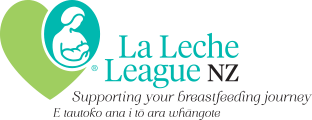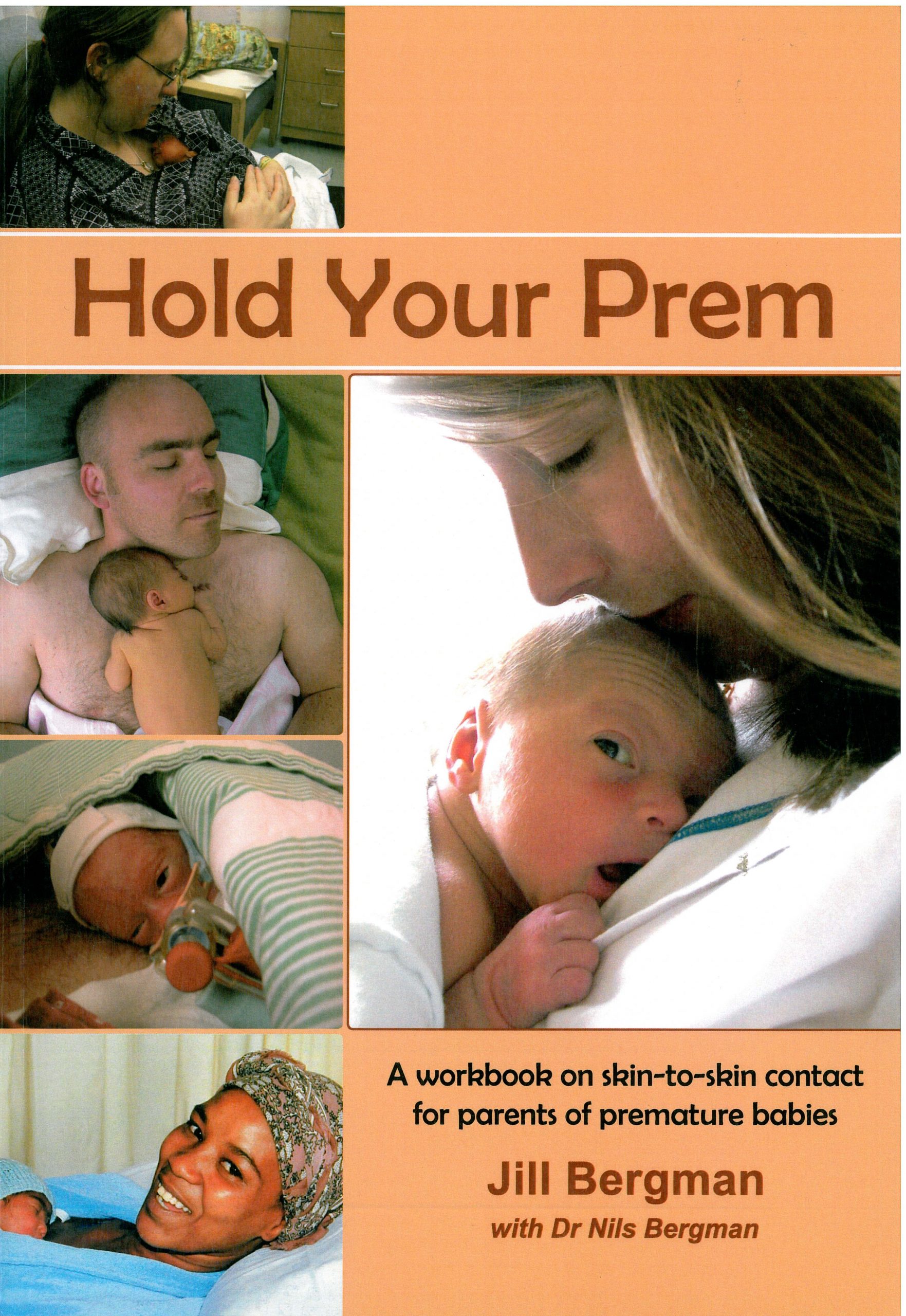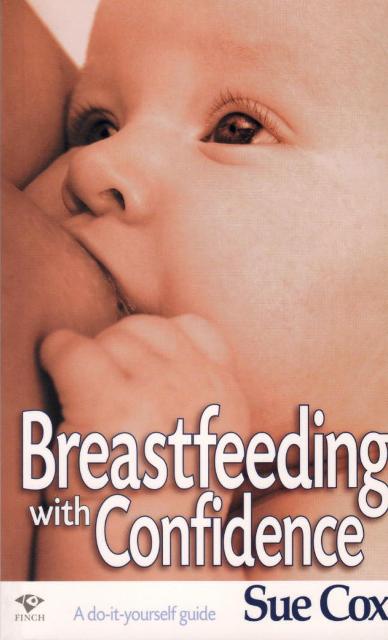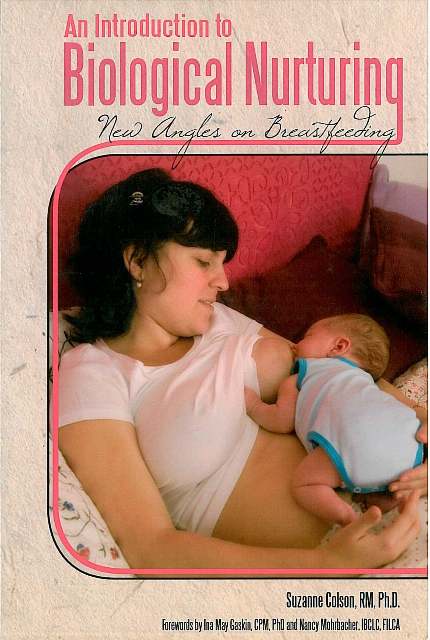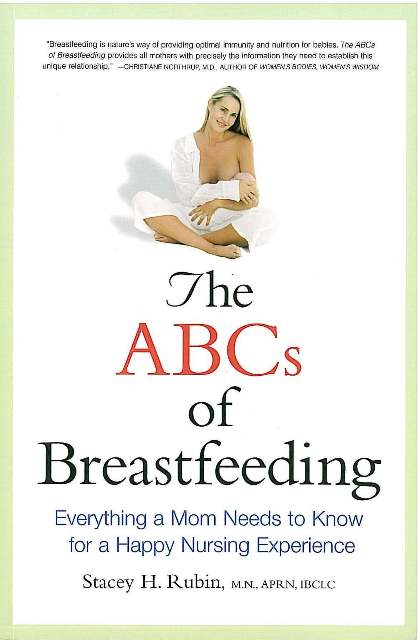The author (a mother of three breastfed babies, LLL Leader and midwife) states this book is “a new
approach to breastfeeding”, and its approach is very different to the usual teaching breastfeeding
management styles that have been in practice for some years now. Contrary to complicated
instructions that some women find confusing (put this hand there, the other here, do this, do
that), Colson advocates suggesting women lie in a semi-reclining position, place their babies on
their abdomens and let the babies do the rest themselves.
This book arose from the author’s PhD thesis, when she identified what she termed “primitive
neonatal reflexes”, which are a wider array of newborn reflexes than those routinely recognised.
These both encourage and facilitate correct attachment (so avoiding the sore nipples that are
common in mother-directed breastfeeding positions that work against gravity).
Colson makes a convincing case, using both maternal and neonatal physiology to demonstrate the
advantages of this approach. Opening up the maternal torso by assuming a semi-reclining position
allows a greater surface area for a display of newborn behaviours that allows self-attachment to
occur and also has an effect on a mother’s behavioural state, which moves from “thinking,
concentrating or worrying to relaxation” (p. 99).
I appreciated her point that right after birth, the aim should not be having a ‘settled’ baby, but
having a baby that has made a successful transition from foetus to newborn. Colson maintains
that babies who cry when placed in a cot are not so often hungry as not in the right place to make
this transition, which is next to mum.
The author asserts that breastfeeding is not a skill like learning to ride a bike or drive a car (as it is
frequently compared to), as these are learned activities that are enhancements, not essentials to a
healthy life. Rather, it is an activity akin to breathing and communication, as these are essentials
for a healthy relationship and lifestyle. By equating breastfeeding to a learned activity, Colson
claims that new mothers are left feeling helpless and vulnerable without expert guidance on how
to do this ‘right’.
Colson summarises the biological nurturing (BN) approach as one which allows an environment
that is conducive to releasing the primary breastfeeding hormones (oxytocin and prolactin) and
trusts mothers’ innate maternal behaviours and instincts that release baby behaviours that lead to
breastfeeding.
As many women don’t come to Series Meetings until after their babies are born, Colson
underscores a couple of points relevant to those past the newborn stage.
The first is the author’s contention that skin to skin contact is not an essential component of
successful breastfeeding. She correctly identifies this as being problematic for some mothers (well,
all mothers in public!) and asserts that based on her extensive video evidence all the elements of
BN come together successfully even when mothers and babies are lightly clad.
The second is she argues that this is not an all or nothing opportunity. If you have missed out on
biological nurturing in the first few days after birth, you and your baby can reconnect further
down the track by putting the principles into practice at a later time.
Although it is obvious that this book has emerged from a thesis, which may make parts of it heavy
going for some readers, I can see it being a useful reference for Leaders as well as a good read for
many mothers. This is not a huge book to get through; the main text is only 118 smallish pages.
There are numerous photos and drawings that serve to illustrate her points, an extensive
reference list, and a reasonable index.
Original review, printed in Aroha Volume 13 Number 3
An Introduction to Biological Nurturing – New Angles on Breastfeeding
By Susanne Colson
Hale Publishing, 2010
Reviewed by Robin Jones Greif , LLLNZ
